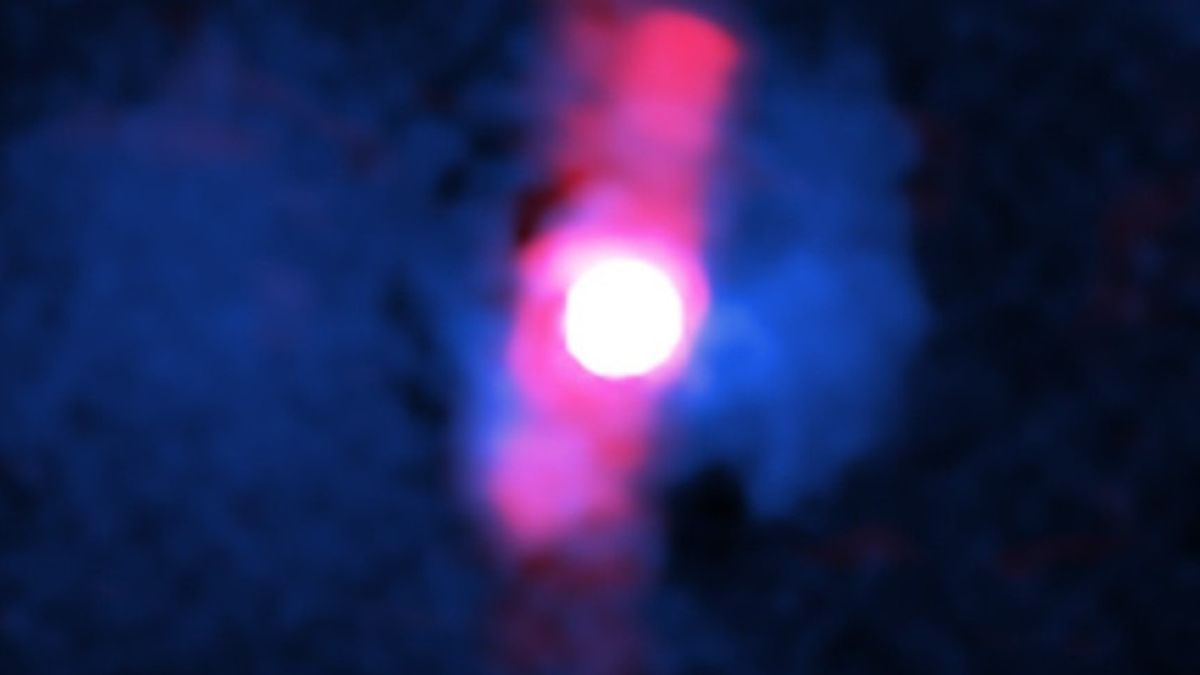
JAKARTA Quasar is an object powered by a supermassive black hole. This object attracts more materials at high speed so that astronomers also have high hopes.
However, the latest study published by NASA shows that the quasar H1821+643 failed to meet astronomers' expectations. Based on research results, this object is not as influential as a common black hole.
Some astronomers used NASA's X-ray Chandra Observatory to observe H1821+643. They studied the hot gas that enveloped the black hole and its parent galaxy.
The results show that quasars produce far less heat than astronomers estimate. Although the hot gas is 3,000 times the mass of the Sun per year, this hot gas can cool very quickly.
"The giant black hole produces far less heat than most other black holes in the center of the galaxy cluster," said Lucy Clews, one of the Quasar researchers. This allows the hot gas to cool down quickly and form new stars."
관련 항목:
In addition, it was found that the radiation from the quasar caused the hot gas to cool. This cooling should be useful for the surrounding environment, but it is difficult to explain the large amount of gas cooling seen.
Crews' colleague Thomas Braben said the black hole was less effective at not pumping heat into his environment. However, this shortfall is not expected to last forever and the power of the quasar will increase.
In the end, the rapid intake of fuel by black holes will increase the strength of its beam and heat the gas strongly. The growth of black holes and their galaxies will slow down drastically.
The English, Chinese, Japanese, Arabic, and French versions are automatically generated by the AI. So there may still be inaccuracies in translating, please always see Indonesian as our main language. (system supported by DigitalSiber.id)















